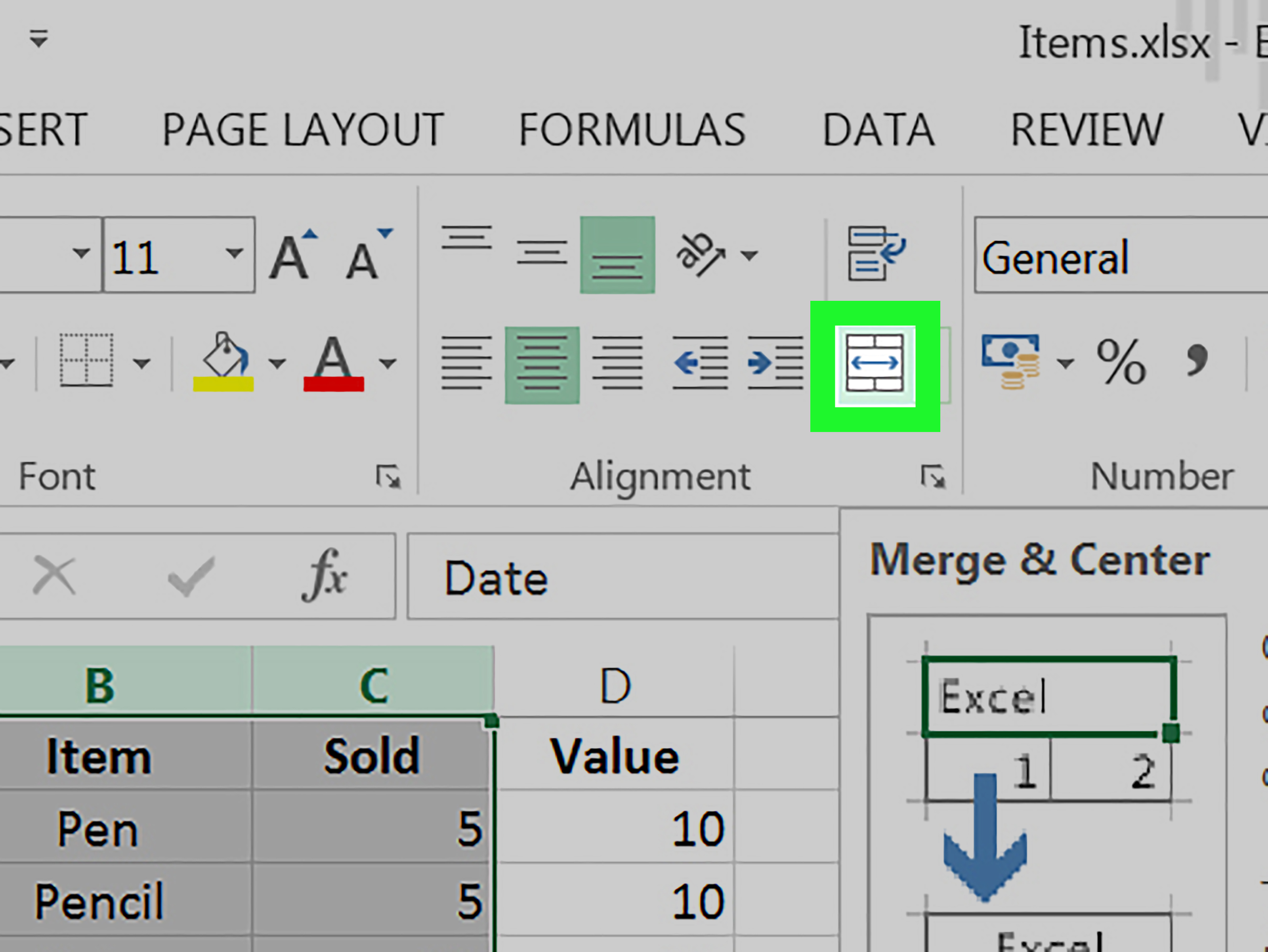Link Excel Cells to Sheets Easily: A Step-by-Step Guide

Linking Excel Cells Across Worksheets

Microsoft Excel stands as a beacon of efficiency in the realm of data management, offering users versatile tools to organize, analyze, and visualize data. Among its myriad features, cell linking between different worksheets is particularly useful. Whether you're compiling quarterly reports, managing project milestones, or balancing financial statements, knowing how to link cells can streamline your workflow significantly. Here, we explore how to link cells between different sheets, ensuring you can keep your data both organized and dynamically updated.
Why Link Cells Across Worksheets?

Before diving into the how-to, let's understand why linking cells is beneficial:
- Data Consistency: Keeping related data in sync across sheets ensures accuracy and reduces the risk of errors.
- Efficiency: Automate repetitive data entry tasks, saving time and effort.
- Easy Updates: When you change data in one place, it updates everywhere else that's linked to it.
- Organization: Segregate large datasets into more manageable and readable sheets.
- Analysis: Perform cross-sheet analyses or consolidate data from multiple sheets into a summary report.
Steps to Link Cells Between Worksheets

1. Identify Your Source and Destination

First, decide which cell from which worksheet will be your source of data and where on your destination sheet you want this data to appear.
2. Select the Destination Cell

Go to the cell in the destination sheet where you want the linked data to appear. This will be the cell where the formula is written.
3. Type the Formula

Start by typing the equal sign (=) to begin the formula:
- Click on the source worksheet tab at the bottom of Excel.
- Select the cell you wish to link to.
- Hit Enter.
Excel will generate a formula like ='SheetName'!A1 if you're linking to cell A1 on SheetName. The single quotes are necessary if the sheet name contains spaces or special characters.
Here’s how it looks:
| Step | Action | Result |
|---|---|---|
| 1 | Select destination cell | Cell highlighted |
| 2 | Type '=' and click source cell | Formula appears |
| 3 | Press Enter | Linked cell shows data |

🚀 Note: If your source sheet or cell reference changes (e.g., sheet renamed, cell moved), update the formula manually or use Excel’s automatic reference update feature.
4. Use Absolute References for Stability

If you intend to copy the formula to other cells without changing the reference, use an absolute reference:
- Change the cell reference in the formula to
=A1.
5. Drag to Fill

With the absolute reference, drag the corner handle of the cell containing the formula to fill the linked data into other cells as needed.
6. Use Named Ranges for Ease

Create a named range for your source cell:
- Select the source cell.
- Go to Formulas > Name Manager > New.
- Name your range.
- Link using the range name instead of cell references.
This makes your formula easier to read and less prone to errors:
=SourceData
Important Considerations

- Sheet Order: If you reorder your sheets, the links will break. Update the references if you rearrange your workbook.
- File Path: Avoid moving or renaming the linked file unless you're prepared to update all references.
- Error Handling: Excel can display errors if linked cells reference invalid or empty data. Use the IFERROR function to manage these scenarios.
🔍 Note: Utilize external references (file links) with caution; they are susceptible to breaking if the linked file is moved or renamed.
Enhancing Your Workflow

Linking cells is just one piece of the puzzle:
- Customize Data: Use formulas like VLOOKUP, INDEX MATCH, or even PivotTables to analyze linked data dynamically.
- Data Validation: Add data validation rules to ensure the integrity of your linked data.
- Comments and Annotations: Provide context with comments or annotations around linked cells to help with comprehension.
Summing up, the ability to link cells between Excel worksheets revolutionizes how you manage and analyze data. By following this guide, you can ensure your datasets are not only accurate but also dynamically interactive, minimizing manual entry and maximizing efficiency. Remember, consistent and well-maintained cell linking can significantly boost your productivity and the reliability of your data analyses. Keep your workflow streamlined with these Excel practices, and you'll be well on your way to data mastery.
What happens if the source sheet is deleted?

+
If you delete the source sheet, all linked cells in other sheets will display a reference error (#REF!), indicating that the linked data is no longer available.
Can I link cells between workbooks?

+
Yes, you can link cells between different Excel files, though it’s more complex and requires using external references, which can break if the linked file is moved or renamed.
How do I update links when files are moved or renamed?

+
Use the ‘Edit Links’ feature under ‘Data’ to update the references to the new file location or name. This ensures all your links remain valid.
Can linked data be edited?

+
Linked cells display data from the source, but you cannot edit the data directly in the linked cell. Changes must be made in the source cell.
What are the advantages of using named ranges for linking?
+Named ranges make formulas easier to understand and less prone to errors when linking. They also allow for quicker updates if you need to change the reference cell.



